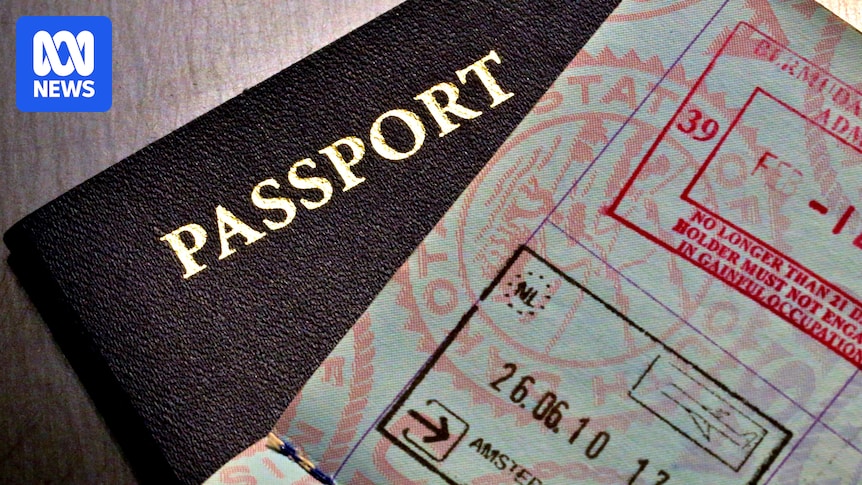Every year the world’s passports are ranked according to how much power they wield.
Australia is in the top 10 once again, but for the first time in the 20-year history of the ranking, the US passport has fallen out of it.
Find out how passports are ranked, where the Australian one can take you and what led to the decline of the US passport.
How does the ranking work?
The Henley Passport Index is based on how many places travellers can access without a visa.
But the total score also includes countries that require passport holders to obtain a visa upon arrival, a visitor’s permit or an electronic travel authority.
Henley & Partners bases its score out of 227 destinations, which includes countries as well as areas that aren’t technically classified as countries, such as Taiwan.
However, it only ranks 199 passports.
The firm uses exclusive data from the International Air Transport Association to compile the index.
Why did the US drop out of the top 10?
For the first time in 20 years, the US has dropped out of the top 10.
It claimed the title as the world’s most powerful passport in 2014, but now sits in 12th place.
Tied with Malaysia, its passport gives access to 180 destinations.
So what’s behind the descent?
It’s down to a series of access changes.
It lost visa-free access to Brazil in April due to a lack of reciprocity, while China and Vietnam didn’t add the US to its visa-free list.
Adjustments from Myanmar and Papua New Guinea impacted the US passport ranking while boosting others.
The US had the world’s most powerful passport in 2014.(Reuters: Joshua Roberts)
Henley Passport Index creator Christian Kaelin said the decline of the US passport “signals a fundamental shift in global mobility and soft power dynamics”.
“Nations that embrace openness and cooperation are surging ahead, while those resting on past privilege are being left behind.”
Visa reciprocity is important, with US passport holders currently having access to 180 countries without a visa, while the US only allows 46 to enter visa-free in return.
The UK passport, which once held the top spot on the index in 2015, has also fallen to its lowest-ever position, now sitting in 8th.
Where does Australia rank?
Australia is ranked 7th on the list.
Its passport holders can travel to 185 destinations without a visa, or where they’re able to obtain a visa, visitor’s permit, or an electronic travel authority (ETA) upon arrival.
It’s ranked alongside Czechia, Malta and Poland.
The lowest Australia’s ranking has fallen to since the index was created in 2006 was 9th in 2019, 2010 and 2006.
Australia’s highest ranking was 5th in 2024.
Where does an Australian passport get you?
Henley & Partners breaks down the countries into four categories — visa-free travel, visas on arrival, electronic travel authority and visa required.
Tap each of the three cards to see which destinations the firm says fall into those categories.
Top 10 passport rankings
Singapore has maintained its grip at the top of the latest rankings.
Citizens of the city-state have visa-free access or visa on arrival in 193 of the 227 countries and territories measured by the index.
South Korea came in second, followed by Japan.
Passport holders in these countries can travel internationally with relative ease.
Bottom 10 passport rankings
Afghanistan remains at the bottom of the index, with a visa-free access score of just 24.
It’s followed by Syria at 26 and Iraq at 29.
Citizens in these countries have less travel options if they want to avoid encountering blocks or paperwork.
Click here to see the entire list of each of the 199 passports and where they were ranked.
